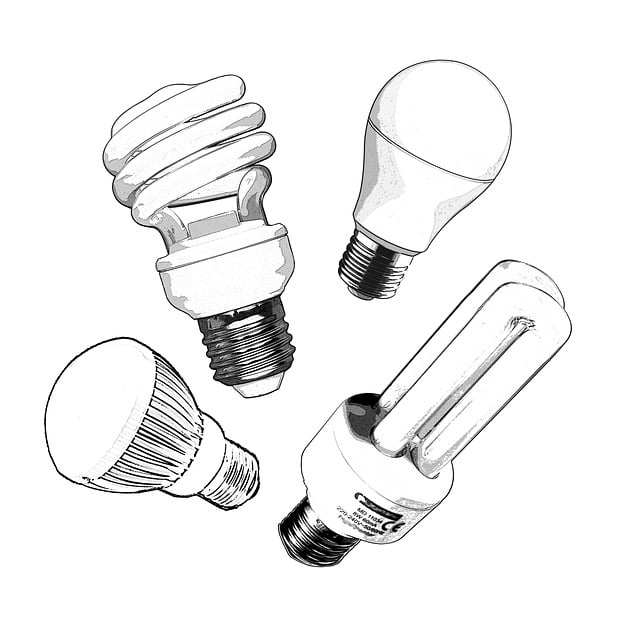LED Lamps have Several Positive Environmental Effects:
Energy Efficiency: LED lights are more energy-efficient than traditional incandescent bulbs, which can significantly reduce electricity consumption. This decrease in energy usage leads to lower greenhouse gas emissions and helps combat climate change, a growing concern in many regions, including Pakistan.
Reduced Carbon Footprint: As LED lights consume less electricity, they contribute to a smaller carbon footprint. Reducing carbon emissions is crucial in mitigating the adverse effects of global warming and climate-related Pakistan-related challenges, such as extreme weather events and water scarcity.
Longer Lifespan: LED lights generally have a longer lifespan than conventional bulbs. This means less frequent replacement and a reduced amount of waste generated from discarded bulbs. Lower waste generation helps conserve natural resources and reduces the environmental impact of manufacturing and disposal processes.
Mercury-Free: Unlike compact fluorescent lamps (CFLs), LED lights do not contain mercury, a toxic element that can harm the environment if not handled properly. By adopting LED technology, Pakistan can minimize the risk of mercury pollution and its harmful effects on ecosystems.
Heat Emission Reduction: LED lights produce less heat than traditional bulbs, which can contribute to mitigating the urban heat island effect in cities. In hot climates like Pakistan, this can help reduce cooling demands and energy consumption.
However, there are potential adverse environmental impacts associated with LED lights:
Electronic Waste: While LED lights have a longer lifespan, they still contain electronic components. When they reach the end of their life, improper disposal can lead to electronic waste accumulation. Proper recycling and waste management systems are necessary to address this concern.
Manufacturing Process: The production of LED lights involves extracting raw materials and manufacturing processes that consume energy and resources. Sustainable manufacturing practices and responsible sourcing of materials are essential to minimize the environmental impact.
Light Pollution: Inappropriate lighting designs or installations can contribute to light pollution, disrupting natural ecosystems and wildlife behavior. Appropriately directing LED light fixtures can help mitigate this issue.
As Pakistan strives to enhance environmental sustainability, adopting LED technology can be a significant step in reducing energy consumption, greenhouse gas emissions, and overall environmental impact. Sustainable practices in the lighting industry can contribute to a greener and more resilient future for the country.
"In conclusion, LED lights have proven to be a game-changer in the world of lighting, offering significant benefits for both consumers and the environment. Their energy efficiency, longer lifespan, and reduced carbon footprint make them a sustainable choice for illuminating our lives. As we strive to address pressing environmental challenges, adopting LED technology becomes an essential step in conserving energy, minimizing greenhouse gas emissions, and promoting eco-friendly practices. By making the switch to LED lights, we can all contribute to a brighter and greener future for our planet. Let's embrace this transformative lighting solution and play our part in creating a more sustainable world for generations to come."
Are LED lights more energy-efficient than traditional incandescent bulbs?
Yes, LED lights are significantly more energy-efficient than traditional incandescent bulbs. LED technology converts more electrical energy into light, while incandescent bulbs waste a considerable amount of energy as heat. By using LED lights, we can reduce electricity consumption and lower greenhouse gas emissions, making them a more environmentally friendly lighting option.
Do LED lights last longer than other types of bulbs?
Yes, LED lights have a much longer lifespan compared to incandescent and compact fluorescent lamps (CFLs). While traditional bulbs may last around 1,000 hours and CFLs around 10,000 hours, LED lights can last up to 50,000 or more. Their extended lifespan not only reduces the frequency of replacements but also minimizes waste generation, contributing to a more sustainable approach to lighting.
Are LED lights cost-effective despite their higher upfront price?
Although LED lights might have a higher upfront cost than traditional bulbs, their long-term cost-effectiveness is undeniable. The energy savings and reduced replacement frequency lead to significant cost savings over the LED lights' lifetime. Moreover, some governments and utilities offer incentives or rebates for switching to LED lights, making them even more economical for consumers.
Can LED lights be used in all types of fixtures?
Yes, LED lights come in various shapes and sizes, making them compatible with most standard fixtures. They can be used in lamps, recessed lighting, ceiling fixtures, outdoor lighting, and many other applications. Manufacturers offer a wide range of LED products to suit different lighting needs, so finding a suitable LED replacement for various fixtures is generally not an issue.
Do LED lights contribute to light pollution?
LED lights can contribute to light pollution if not properly directed or installed. However, advancements in lighting design and fixtures have allowed for better light control and reduced light spills. By using well-designed LED fixtures and implementing responsible lighting practices, we can minimize light pollution and its adverse effects on wildlife and ecosystems.
I hope that you are getting the point. If you have any questions related to it, comment below.

